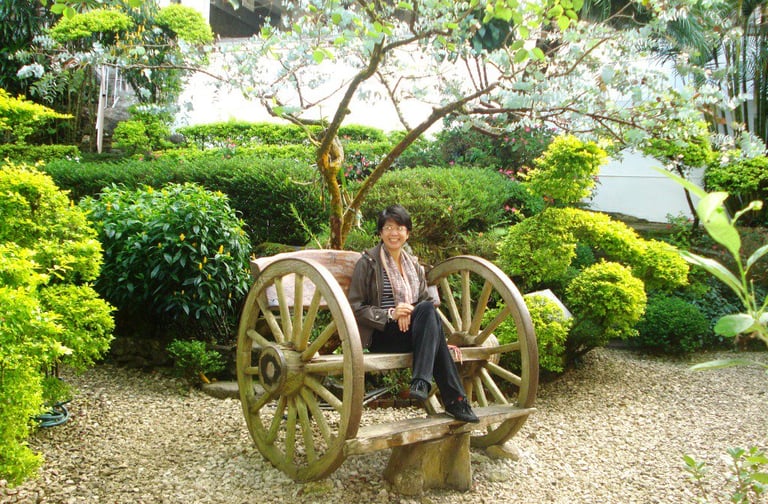Going Back to the Pages: Stepping Into History for Our Memoir
AUTHOR AT WORDHOUSERITEME


Going back to the pages of history
To find details that will lift our personal memory to something immersive and alive, to let readers feel like they're right there with us in the world we knew, we need to research history. Spending a good amount of time with old documents, photos, maps, and listening to people's stories from an era will give us voices from the past and illuminate their ways of living.
Why History Matters
Our memoir is a story rooted in reality. Sure, it's about what we experienced and how we felt, but the world around us back then – the social norms, the politics, even just how people got by day-to-day – that detail shapes many things. Without a solid sense of what that time and place were like, even the most powerful personal story can feel disconnected. We need to go back to the pages of old records and stories. This is to make our memoir feel more down to earth.
Not just about memorizing and recording dates and big events; the task is about getting into the nitty-gritty of daily life. What did people wear? What did they do for fun? What were the unspoken rules everyone just knew? What did the streets sound like? How was the smell? Woven into our story, these crucial details create a world that will let readers walk alongside us in the past.
Painting Mood and Atmosphere
The way a memoir feels is important for connecting with readers emotionally. And the historical setting plays a huge part in that feeling. A time of trouble and uncertainty will have a totally different vibe than a time of peace and growth. Even the physical surroundings – the buildings, the landscape, and the quality of light will create the atmosphere. Going back to the pages of old documents, photos, and books from a time will capture the subtle shades of that atmosphere.
For example, understanding the popular building styles back then will help us describe the places in our memoir more accurately, giving readers a clearer picture. Listening to the music or looking at the art people enjoyed will give clues about the emotions of the time, which can subtly enhance the mood of our narrative. Even the advertisements people see or the slang they use can make the whole experience more authentic and engaging. This deep dive into history isn't just about telling our story; it's about letting readers feel the world where it happened and letting them in.
Adding Layers and Depth to Our Story
Those subtle layers make the story feel complex and alive. Digging into the history of our time and place will add that depth. As we uncover specific details, we can move beyond general descriptions and paint a more vibrant and nuanced picture.
Think about a narrow street scene: instead of just saying it was crowded, our research might reveal the types of shops lining the street, the sounds of early automobiles, the fashion of the passersby, and even the regular part-time jobs happening day-to-day. These concrete details we find going back to the pages of old newspapers, local histories, or even personal letters will turn a simple scene into a vivid moment that can become part of the reader’s memory.
As we patiently pay close attention to everything we find, our personal story can connect with more people, powerfully evoking the world we once knew.


